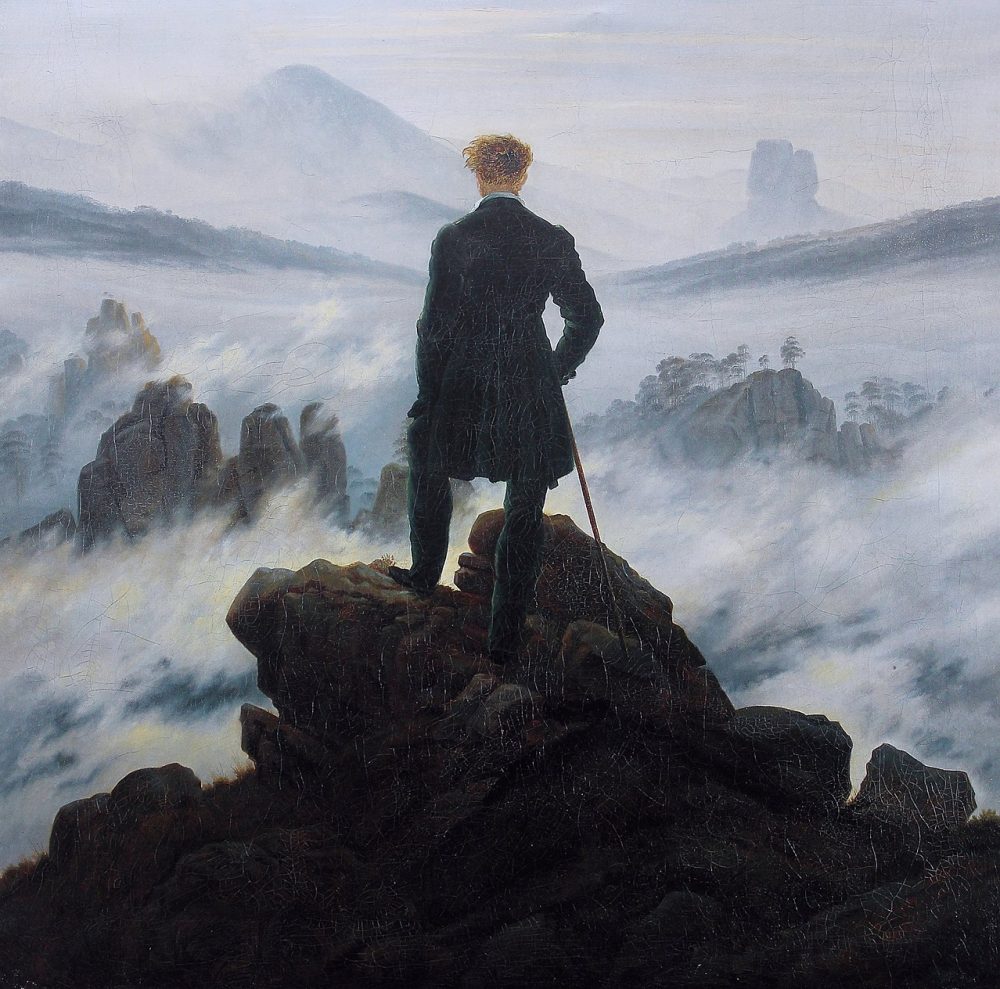By: Bryan Ricardo Marini Quintana

The Conflicting Magical And Material Worlds
After being devoured by the Kraken, Jack Sparrow is imprisoned in a wasteland alongside the Black Pearl, with William and Elizabeth enlisting the help of Captain Barbossa to rescue him. Bringing back the notorious pirate and his ship turns the tide for the magical world in a struggle to oppose the East India Trading Company’s material world. After reaching an island, Jack Sparrow and Captain Barbossa find the Kraken’s carcass, gazing at this mythological being who was once king of the seas. They reminisce about the old fantastical world, understanding that the Age of Piracy has ended with the new civilized world peddling the Age of Industrialization. In Pirates of the Caribbean: At World’s End (2007), Captain Barbossa says: “The world used to be a bigger place.” Jack Sparrow replies in Pirates of the Caribbean: At World’s End (2007): “The world is still the same, there’s just less in it.” These characters embrace their doom through this exchange by accepting that Lord Cutler Beckett has completed the world map and imposed totalitarian rule over the seven seas. Consequently, the Black Pearl is confined to a world devoid of anything new to discover, and the crew loses the freedom to be masters of their destiny. Therefore, Jack Sparrow and Captain Barbossa forsake their prideful rivalry to achieve a victory that will guarantee their survival in the new material world as the old magical world fades away.
In the final confrontation, the Black Pearl releases the goddess Calypso, who reclaims her supremacy as queen of the seas in the form of a tempest that the East India Trading Company cannot quell. To counter this unpredictable force of nature, Lord Cutler Beckett unleashes Davy Jones, with the world’s fate mediating between order and chaos being decided by pirates. However, the tide is turned when William Turner stabs the heart of Davy Jones, sacrificing himself by taking over as captain of the Flying Dutchman. Blinded by his arrogance, Lord Cutler Beckett sails with the Endeavor to finish the Black Pearl. Nevertheless, the feared commander is caught in a trap between Jack Sparrow’s Black Pearl that draws him in and William Turner’s Flying Dutchman that emerges to surround his ship. At this moment, Lord Cutler Beckett’s vision of ruling the material world fails to materialize, facing two free pirates who are masters of their destiny. For the first time, the feared commander is outside his cabin, incapable of scheming a plan that can save him. A sense of powerlessness freezes him, as Lord Cutler Beckett cannot comprehend how his flawless design for the world collapsed, failing to give orders whilst his ship is shelled by cannon fire. Desperately, the crew abandons their stations to flee from the Endeavor, but the feared commander drowns with his flawed plans of tyrannical rule over the seven seas.

Although this is a victory for the magical world, the Black Pearl is still confined to the material world, with the East India Trading Company dominating the seven seas. Consequently, Great Britain is defeated by losing Lord Cutler Beckett aboard the Endeavor. However, the feared commander proves to be a chess piece of the East India Trading Company that’s quickly replaceable by another tyrant to hold governance over the seven seas, protecting their imperial interests. Jack Sparrow’s triumph is surviving the death of his old fantastical realm and adapting to the new civilized realm. Sadly, the infamous pirate loses his beloved Black Pearl, but this doesn’t stop him from seeking an adventure in the unknown. Finally, Jack Sparrow boards a humble boat and uses his cherished compass to guide him across the seven seas, tasting freedom as the master of his destiny.
Works Cited:
Pirates of the Caribbean: At World’s End.
Directed by Gore Verbinski, Walt Disney Pictures, 2007.
Pirates of the Caribbean: Dead Man’s Chest.
Directed by Gore Verbinski, Walt Disney Pictures, 2006.
Pirates of the Caribbean: The Curse of the Black Pearl.
Directed by Gore Verbinski, Walt Disney Pictures, 2003.




